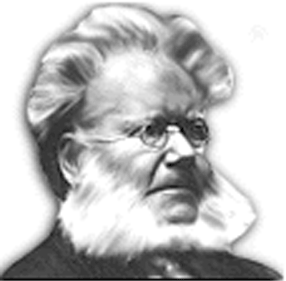Used in English since 893, spiking after Hamlet
|
Latin and Greek in origin, but not used until 18th century;
rel. to melodrama
|
Not in use until late 16th century
|
Earliest known use in English 14th century
|
1. A literary work written for performance on the stage; a
drama. The performance of such a work.
2. Activity engaged in for enjoyment or recreation.
3. Fun or jesting: It was all done in play.
OED: A literary composition in the form of dialogue, adapted for
performance on the stage with appropriate action, costume, and scenery,
in imitation of real events; a dramatic piece, a drama. (ca. 1440)
|
From drân =
"do, act"
1. A prose or verse composition, especially one telling a
serious story, that is intended for representation by actors
impersonating the characters and performing the dialogue and action.
2. Theatrical plays of a particular kind or period:
Elizabethan drama.
3. The art or practice of writing or producing dramatic works.
|
1. The act of performing or the state of being performed.
2. The act or style of performing a work or role
before an audience.
3. The way in which someone or something
functions: The pilot rated the airplane's performance in high winds.
4. A presentation, especially a theatrical one,
before an audience.
5. Something performed; an accomplishment.
6. Linguistics. One's actual use of language in
actual situations.
|
Greek theatron =
"seeing place"
1. A building, room, or outdoor structure for the presentation of
plays, films, or other dramatic performances.
2. A room with tiers of seats used for lectures
or demonstrations: an operating theater at a medical school.
3. a) Dramatic literature or its performance;
drama. b) The milieu of actors and playwrights.
4. A large geographic area in which military
operations are coordinated: the European theater during World War II.
|

